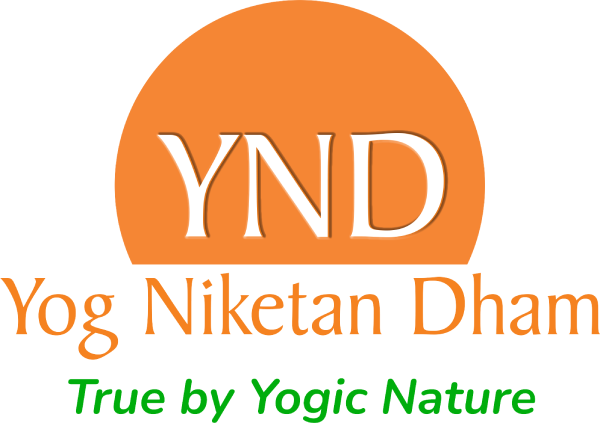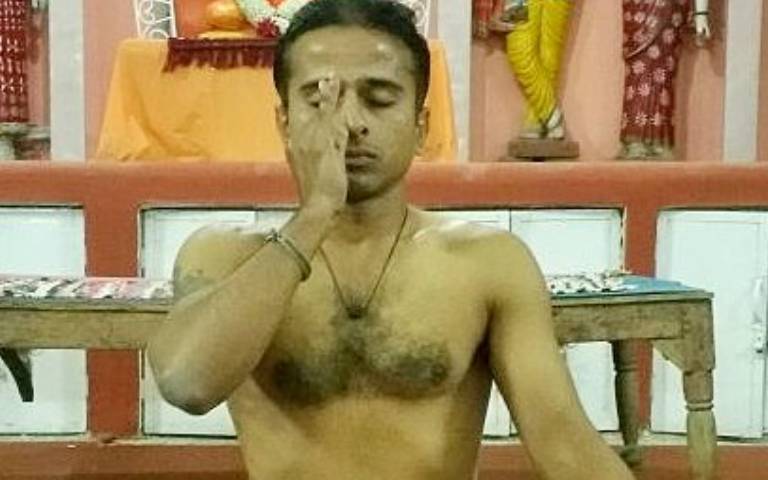Salabhasana
Salabhasana, or Locust pose, came into existence after a great yogi, Shalabh, revealed this posture to cure back problems. Salabhasana, or Locust pose, is an intermediate-level asana practiced after lying on the stomach. Salabhasana should practice with an empty stomach. Therefore, we manifest Salabhasana briefly during our Yoga Teacher Training Programmes and Yoga Retreats. In […]






